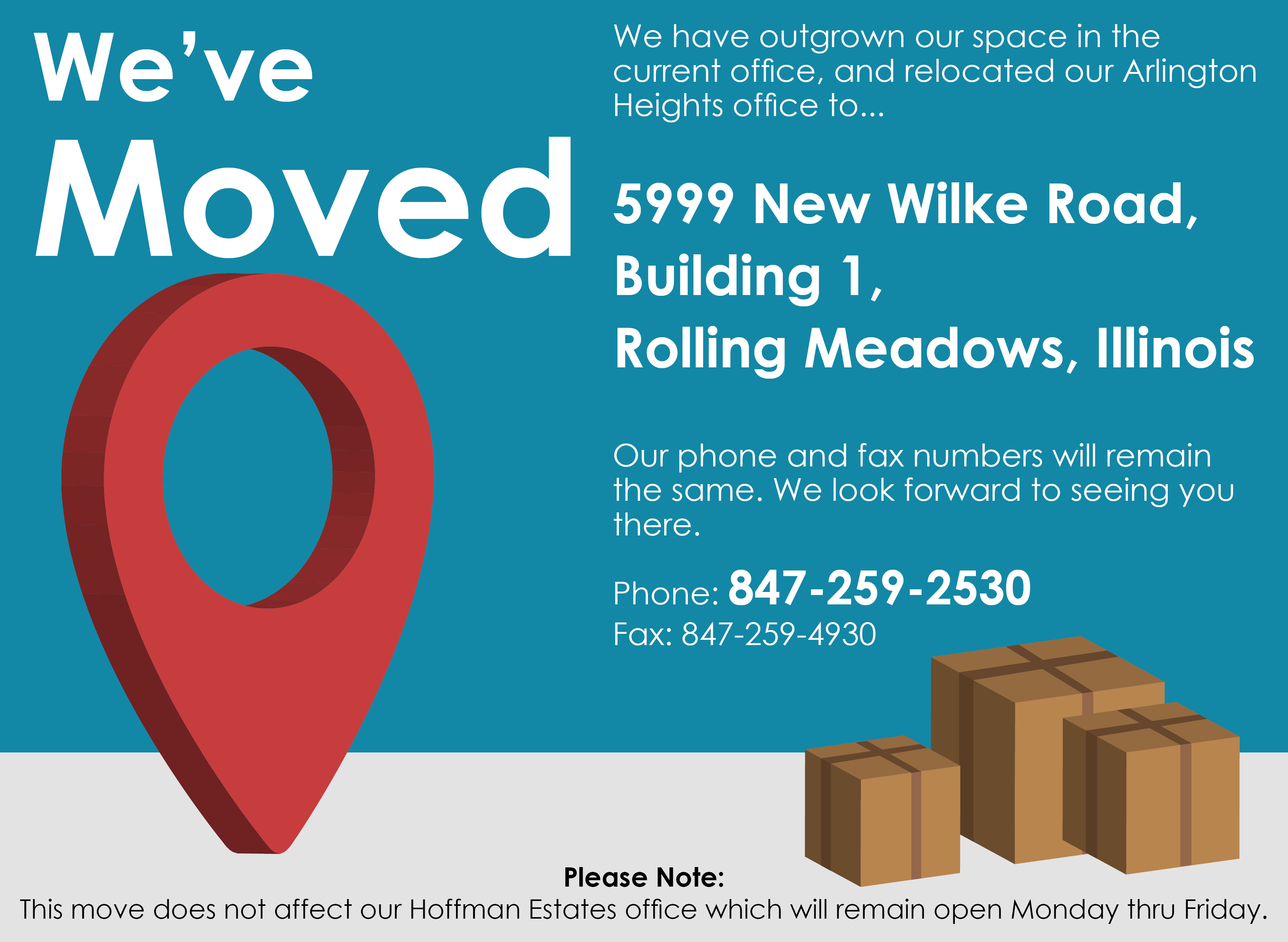Nasal Valve Reconstruction for Nasal Obstruction
One of the most common and troubling complaints that patients have when they visit their Ear, Nose, and Throat specialist is nasal airway obstruction--the stuffy nose. There are many causes of nasal stuffiness, and some of the more common causes include: deviated nasal septum, sinusitis, turbinate hypertrophy, allergies, and nasal polyposis. These problems are discussed elsewhere on our website.
Another more subtle, but equally important, cause of nasal obstruction is nasal valve collapse. At a glance, patients with nasal valve collapse may have a completely normal physical examination. However, with careful inspection, your ENT specialist may observe a very narrow nose, “a pinched look” to the nostrils, or collapse of the nostrils during inspiration (breathing in).
A simple test at home to see if you have nasal valve collapse is to apply a commercially available nasal strip (Breathe-right) and see if it improves nasal airflow. If so, you may very well have nasal valve collapse. Your surgeon at Suburban Ear, Nose, and Throat is well trained to diagnose and treat nasal valve collapse.
There are multiple surgical techniques for stabilizing the nasal valve. Two of the more common methods are to place alar batten grafts or spreader grafts. In both cases, a cartilage graft usually harvested from your nose (or occasionally your ear) is strategically placed to either widen the airway or strengthen the weak sidewalls. Although nasal valve collapse may be the only problem, patients often have more than one reason for their stuffy nose. Some of these other reasons are listed above and other procedures like septoplasty, turbinate reduction, or endoscopic sinus surgery may be performed in conjunction with nasal valve repair. In addition, some patients wish to have a cosmetic rhinoplasty (nosejob) performed at the same time. It is very important to have the proper diagnosis before scheduling surgery so that an optimal result can be achieved.
